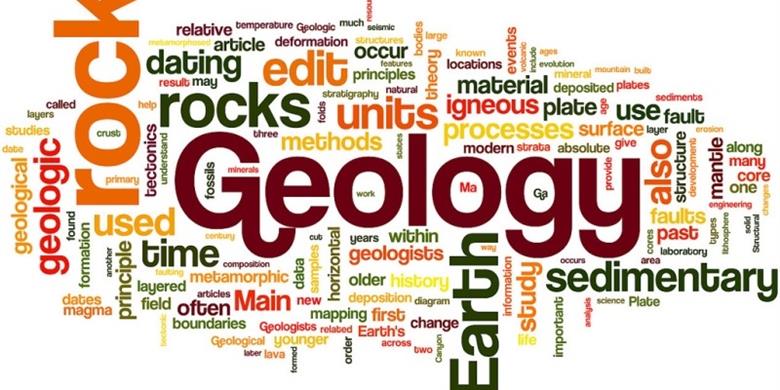Table of Contents
Rocks and Math
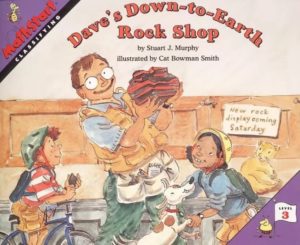
|
Stuart J. Murphy’s Dave’s Down-to-Earth Rock Shop (HarperCollins, 2000) in the MathStart series is all about sorting and classification. Josh and Amy have started collecting rocks and need to put their finds in some sort of order. They get help from their neighborhood rock shop, whose window first displays rocks sorted by size and color, then by rock type and Mohs’ scale of hardness. For ages 5-8. |
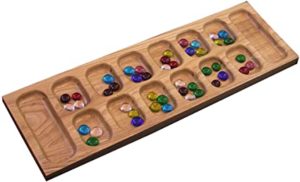 |
Mancala – traditionally played with stones and pits dug in the ground – is one of the oldest strategy games in the world. See playing instructions at this website.
Games are available for sale; there are also instructions for making your own mancala boards online, most popularly using egg cartons. |
| Play Mancala online. | |
| Throw Sticks is a traditional Apache game of using sticks and stones. Give it a try! Fun and clever. | |
 |
The ancient Asian game of Go was traditionally played with black and white stones. Learn its history and find out how to play here. |
Geology and Poetry
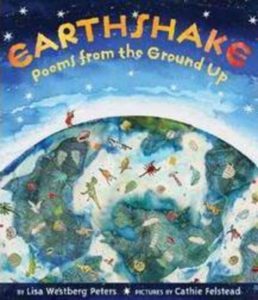
|
By Lisa Westberg Peters, Earthshake: Poems From the Ground Up (Greenwillow, 2003) is a beautifully illustrated collection of 22 geology-based poems. Titles include “Instructions for the Earth’s Dishwasher,” “Wyoming Layer Cake,” “Obituary for a Clam,” and “Recipe for Granite.” For ages 6-12. |
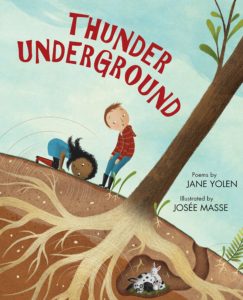
|
Jane Yolen’s Thunder Underground (Wordsong, 2017) is a collection of illustrated poems about the world underground, from animal burrows and fossils to caves and tectonic plates. For ages 5-10. |
| By Robert Browning, Among the Rocks. | |
| By Ken Nesbitt, A Rock Makes An Excellent Puppy. | |
| Between a Rock and a Bard – a joint celebration of National Poetry Day and Earth Science Week – discusses geology and poetry, with examples. | |
| From the Geological Society, Poetry and Geology has online talks and and a selection of geology-related poems. | |
| The Sciences Sing a Lullabye. Love this poem. (“Geology says: it will be all right.”) |
Famous Rocks
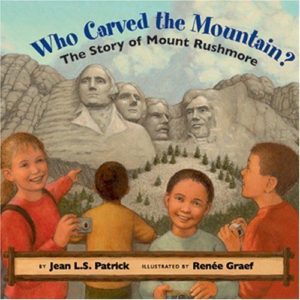
|
Jean L.S. Patrick’s Who Carved the Mountain? The Story of Mount Rushmore (Mount Rushmore History Association, 2005) is a fact-filled picture-book account of the making of the famous national monument featuring the sculpted faces of George Washington, Thomas Jefferson, Abraham Lincoln, and Theodore Roosevelt. Included is a timeline and bibliography. For ages 5-9. |
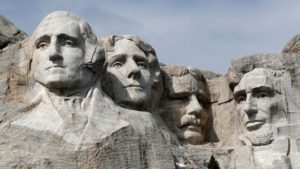 |
From the National Park Service, Mount Rushmore has information about the history of the carving. (Over 90% of it was done with dynamite.) |
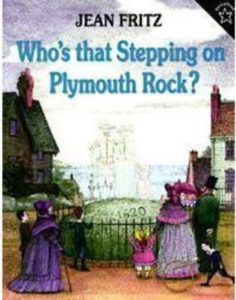
|
Jean Fritz’s witty Who’s That Stepping on Plymouth Rock? (Puffin, 1998) is a history of the famous rock that became a national landmark – even though the Pilgrims almost certainly didn’t land upon it. For ages 8-12. |
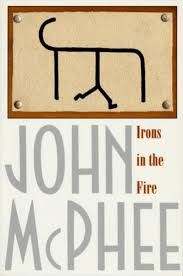
|
John McPhee’s “Travels of the Rock” is a more detailed history of Plymouth Rock that appears in Irons in the Fire (Farrar, Straus & Giroux, 1998). A great read for teenagers and adults. |
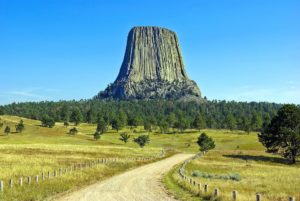 |
Check our famous rocks from around the world here and here. |
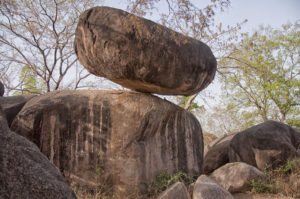 |
Check out these photographs of 10 Famous Balancing Rocks worldwide. |
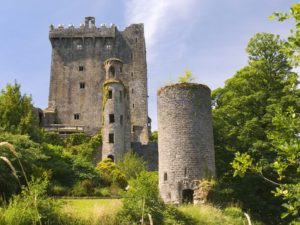 |
Learn about the Blarney Stone. |
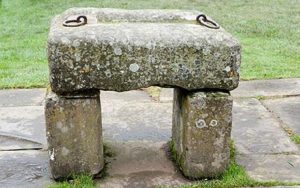 |
Check out the Stone of Scone. |
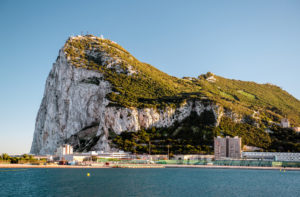 |
History of Gibraltar is an illustrated history of the famously solid Rock of Gibraltar from prehistory to the present. |
| What’s your state rock? (Vermont, it turns out, is geologically loaded: we have a state gem, three state rocks, a state mineral, and a state fossil. You?) |
